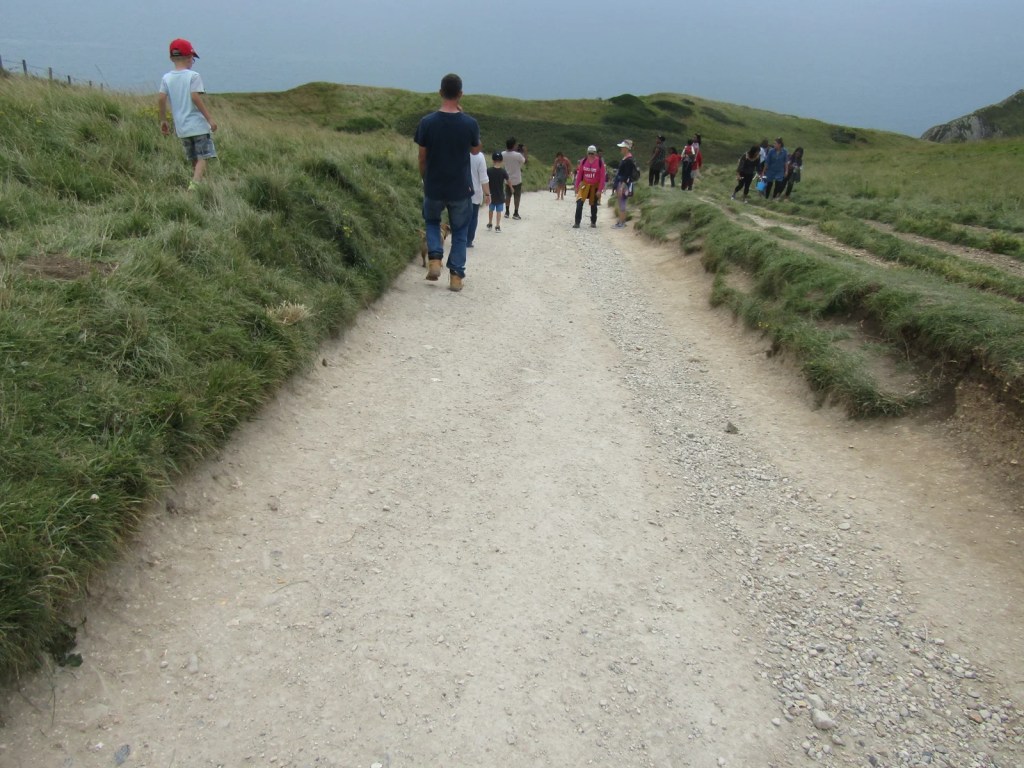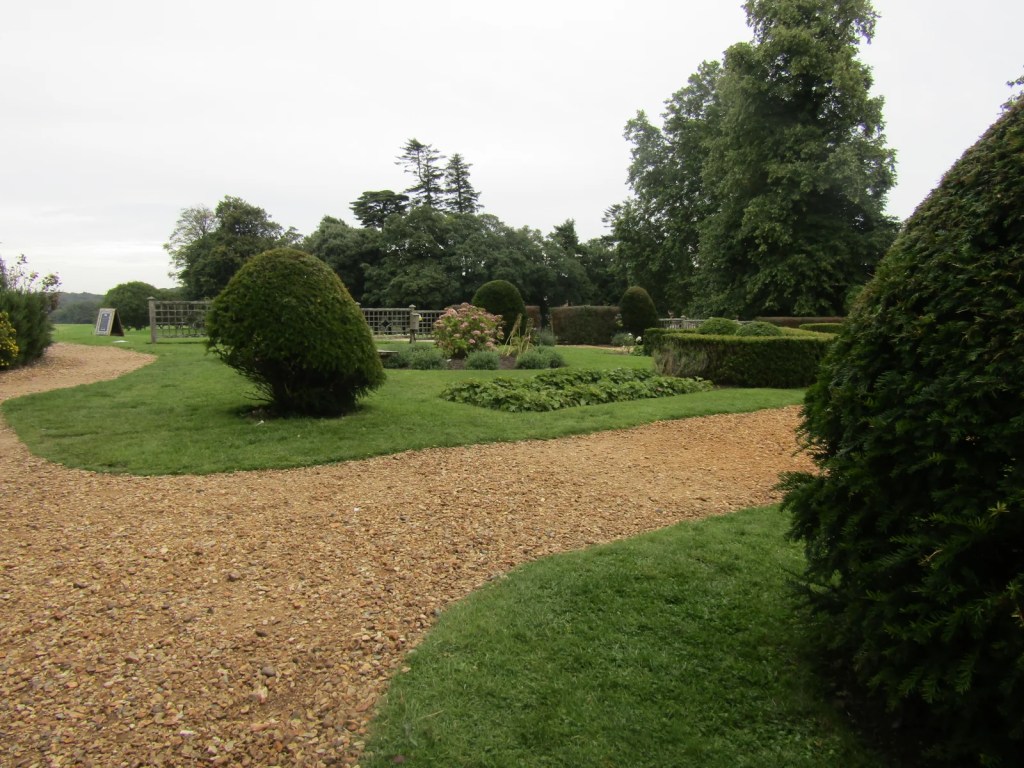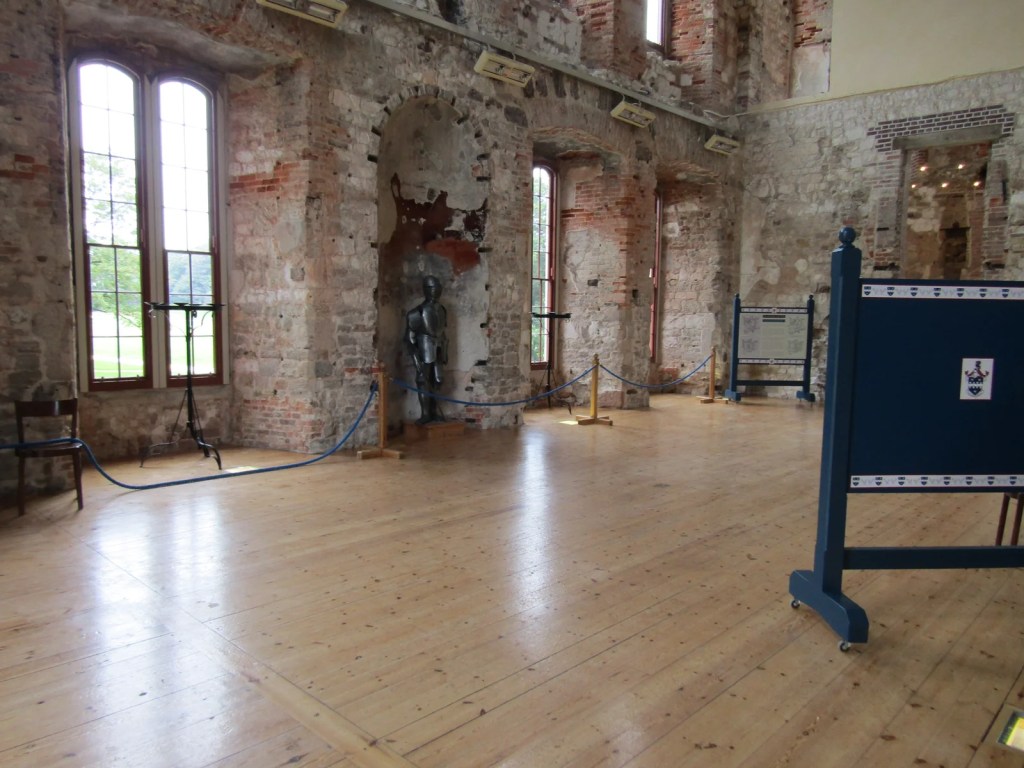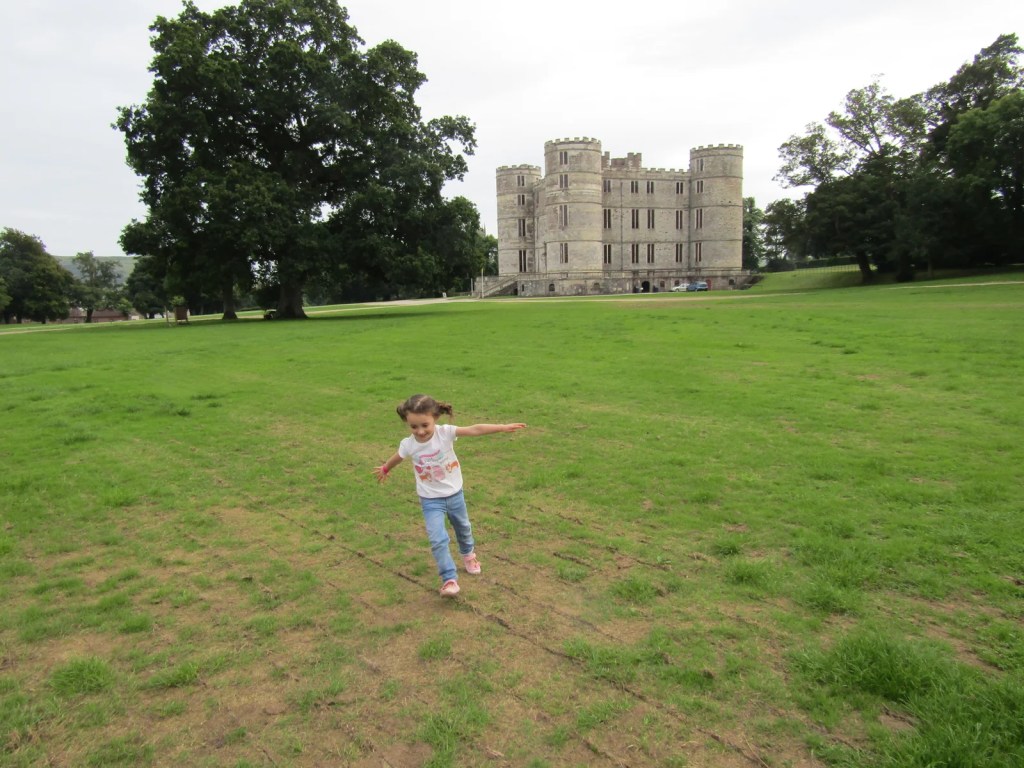
The Jurassic Coast
The Jurassic coast in the South of England is one of those locations on our ‘must visit’ list for quite a number of years now. Last week we finally made a trip to this impressive stretch of coastline as part of our family road trip to explore and fossil hunt! I was astounded by the beauty of this World Heritage site and only wish we could have spent more than the few days we had to explore it further.
The Jurassic Coast is so named for the innumerable fossils that have been excavated along the 95-mile coastline. Starting in Exmouth (East Devon) and ending at Studland Bay (Dorset) thousands of visitors each year try their luck and hunt for their very own fossil. If, however, you fail dismally at this (as we did) genuine fossils can be purchased at the multitude of fossil shops dotted along the coastline.
Fossil hunting kits, including hammers and chisels, can also be bought for a reasonable price at these quaint little shops. Ammonites, belemnites and sea snails are among the most commonly found fossils along the Jurassic coast. Although beautiful these remains are small (so please don’t be disappointed if you don’t manage to excavate a Plesiosaur). Yet to see these tiny fossils brings the history of the area to life and somehow makes the dinosaurs themselves seem more real and tangible creatures.

Fossil hunting guides are offered in a number of seaside resorts along the Jurassic Coast. Tourists are encouraged to book on one of these expeditions to greatly increase the chance of finding your own fossil. However, these tours book up extremely quickly (weeks in advance in the summer months) so prior planning and advanced booking is encouraged.
Museums and picturesque seaside towns are scattered along the coastline and all have their own Jurassic story to tell. I was surprised by the number of beaches and towns when I was planning our trip and it was difficult to choose which places to visit in only a two-day trip. The Jurassic Coast website offers a 7-day itinerary. In order to make the most of your time along the Jurassic Coast. I would recommend reading this guide, and maybe even creating your own. We wanted to experience the traditional English seaside towns as well as add in the experience of fossil hunting for the children and this was the motivation for the places we chose to visit.
Day 1
Charmouth – Fossil Hunting
Our first stop was Charmouth, a beautiful little beach which my research indicated was particularly good for fossil hunting. We parked the car in a pay-and-display carpark which was almost on the beach itself and purchased a bucket and spade in a little gift shop. We then had a browse through the museum for some fossil hunting tips before going on to the beach itself.


Unfortunately, we failed to uncover any dinosaurs but we thoroughly enjoyed the beach and paddling in the sea.


We did buy some ammonites from the fossil shop; they were surprisingly cheap – 3 for £1! A clear indication that so many fossils have been found along this coastline.
Portland

We then made our way over to the Isle of Portland. This small island is joined to the English mainland by a tiny strip of land. Taking the Coastal road, we stopped to enjoy a truly astounding sight.


Making the most of our English Heritage passes, we had a quick look around Portland Castle.






We enjoyed a lovely Sunday dinner in a local pub. I would highly recommend ‘The Little Ship Inn’ if you are ever in this part of the world. The food was delicious and the staff were extremely friendly and welcoming.


Weymouth
Towards the evening we made a visit to Weymouth. This is yet another Jurassic Coast sea-side side resort, yet unlike the quiet and peaceful Charmouth and the Isle of Portland, Weymouth is much busier. Aside from the astounding harbour, Weymouth’s variety of shops and restaurants are undoubtedly responsible for its success. There is also a bustling pier and around it, something of a small funfair has grown. Yet despite its clear popularity with tourists and holiday-makers, Weymouth is clean, friendly and unquestionably beautiful.




Day 2
Lulworth Cove
One of the most iconic images of the Jurassic Coast is that of Durdle Door. Located in the idyllic Lulworth Cove, I have wanted to see this landmark since I was a child.

We enjoyed a breathtaking view of the English Channel and sat down to the most memorable and scenic picnic we have ever had.

Unfortunately, my relentless and down-right irritating fear of heights prevented us from making the climb (much to the relief of my children). Hats off to those who manage to make the climb!


Lulworth Castle

Although not an English Heritage site, Lulworth Castle is free to English Heritage members at present, so yet again we were able to make use of our membership. Lulworth castle, approximately 10 minutes’ drive from Lulworth Cove, is an impressive piece of seventeenth-century architecture. Walking up to the ‘fairy-tale’ castle I stood in awe (this really is saying something – I’m something of a castle nerd).

A small café serves hot drinks and food which we enjoyed in the beautiful gardens.

One memorable feature was the friendly and helpful staff who work at this amazing historical site.
We explored the castle’s many rooms and floors.




The grounds at Lulworth castle are also worthy of exploration. One staff member told us about a small playground in the woods. As it was close to closing time (and we were told the gates for the carpark remain open) we had some fun here when all other the tourists had left. It was the perfect end to our trip to the Jurassic Coast!



So much did we enjoy our visit to this wonderful, breath-taking and awe-inspiring corner of the world, we are making plans to visit again in the Spring. Indeed 2 days are not sufficient to explore all of the places the Jurassic coast has to offer. I am truly amazed by this place and my family and I are already looking forward to our return.


